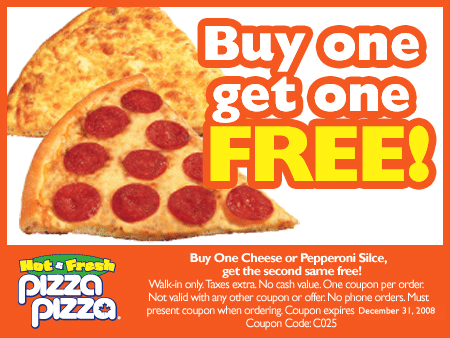Introduction
Another form of consumer sales promotion is the premium. Premiums are prizes, gifts, or other special offers received when a consumer purchases a product. When a company presents a premium, the consumer pays full price for the good or service, as opposed to coupons that grant price reductions or to samples, instead of receiving the actually product.
One of the first loyalty marketing programs ever offered was a premium in which proof of purchase was redeemed for prizes or gifts. Some marketing experts believe that coupon over-use damages a brand's image, while premiums can actually enhance it. The key is to match the right type of premium with the product and a predisposed buyer.
Though not as successful as coupons, premiums can be used to boost sales and remain a valuable consumer promotional tool. In the United States, each year over $4.5 billion is spent on premiums.
Type of Premiums
Premiums fall into one of two categories: free premiums which only require the purchase of the product and self-liquidating premiums which require consumers to pay all, or some, of the price of the premium.
Free Premiums
Free-in-the-mail premiums are gift that individuals receive for purchasing products.

Free In-The-Mail Premium
Such premiums are gifts individuals receive for buying a product.
The marketing objectives of such premiums are to:
- Promote multiple brand(s) purchases;
- Increase brand recognition and customer awareness;
- Encourage new or additional brand use;
- Make brands more user-friendly; and
- Reward loyal consumers.
The benefits of Free-In-The-Mail Premiums are that:
- They add value and are brand related;
- There is no need for elaborate packaging; and
- They allow larger premiums to be offered.
In-or On-package Premiums are usually small gifts, such as toys in cereal boxes.
The marketing objectives of such premiums are to:
- Increase brand visibility and customer awareness;
- Revitalize a mature brand;
- Promote multiple purchases through continuity premiums;
- Encourage new or additional uses for a brand; and
- Reward customer loyalty.
The benefits of In- or On-Package Premiums are that they:
- Impact at point-of-sale due to their visibility;
- Offer immediate consumer gratification;
- Have no redemption or couponing cost;
- Provide added value.
Store or manufacturer premium are gifts given by either the retail store or the manufacture when the customer purchases a product.
The marketing objectives of such premiums are to:
- Increase brand visibility and customer awareness; and
- Encourage consumers to try a brand.
Marketers benefits from store or manufacture premiums as they add value to their brand.
Self Liquidating Premiums
Self liquidating premiums require the consumer to pay an amount of money for a gift or item.

Getting Double
Self-liquidating premiums require consumers to pay an amount of money for a gift or an item.
The marketing objectives of this type of premium is to attract more customers with low prices.
The benefits to the manufacturer is that they receive additional revenues.
Keys to Successful Premium Programs
Successful premium programs require that marketers:
- Match the premium to the targeted market;
- Carefully select the premium ( avoid fads, try for exclusivity);
- Pick a premium that reinforces the company's product and image;
- Integrate the premium with other IMC tools ( especially advertising and POP displays); and
- Don't expect premium to increase short-term profits.